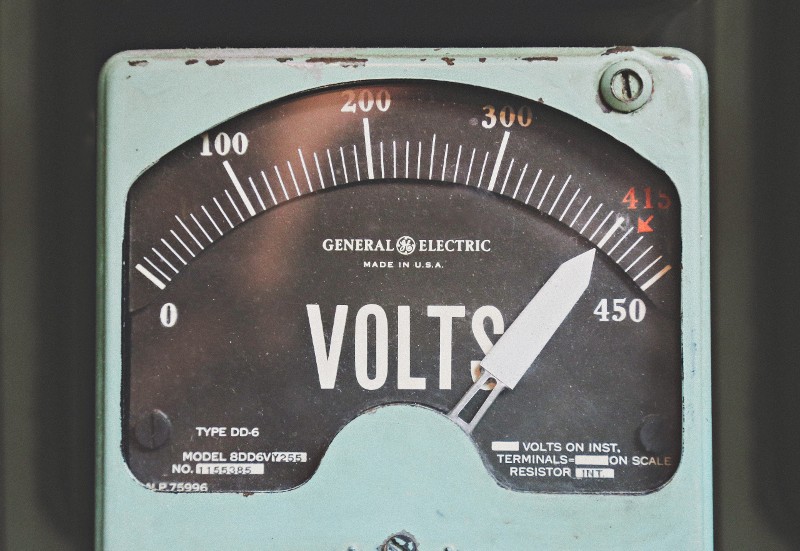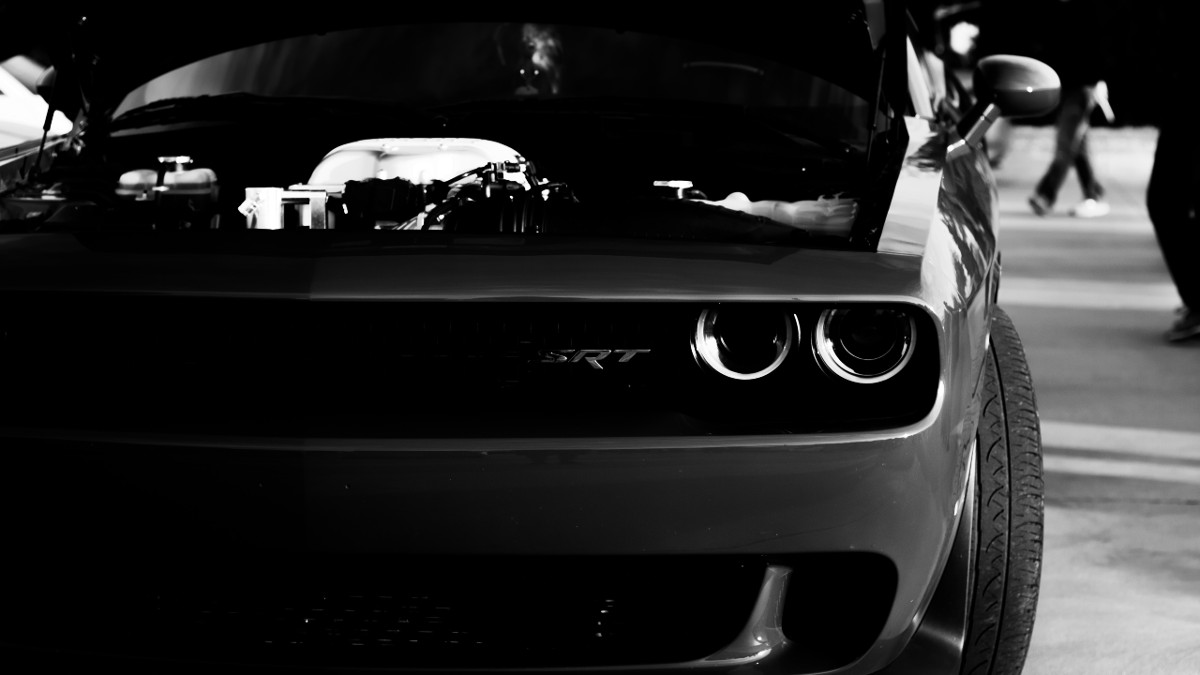Combustion engines need a power source to create a spark for converting chemical energy into mechanical energy. The alternator provides continuous energy stored in the battery. Perhaps you may be wondering what the wattage from the car alternator is. Let’s explain.
Your car’s electrical system needs and alternator rating determine the output wattage. The wattage of a regular alternator is usually 500 to 600 watts, although modern alternators can produce over 2500 watts. An alternator with a higher rating is good for your battery life or after installing aftermarket electrical accessories.
An alternator provides current stored in the battery for starting the car and for powering its electrical components. The self-starter motor in the ignition system is powered by current from the alternator. It continually charges the battery to power the car while driving.
What are the types of car alternators?
Disequilibrium in demand and supply of current negatively impacts the car. Alternators vary by the current they generate and design. The difference in current depends on the needs of your car. Here are the types of car alternators according to design and power output.
According to design
Alternators have a salient pole or smooth cylindrical design. Salient pole alternators have projecting poles mounted over a heavy magnetic wheel of steel or iron. These alternators have short axles and a large diameter.
Smooth cylindrical alternators have a solid steel cylinder and slots attached at regular intervals. The slots perform the function of motor winding with the capacity to generate 1800 rpm.
According to output
Alternators categorized according to output are single-phase, two-phase, and three-phase. Single-phase alternators generate one alternating current continuously to the car battery. Two-phase alternators have two windings for generating varying amounts of current.
The windings work alternatively to offer a regular source of current. Three-phase alternators have three windings, with each situated at a difference of 120 degrees.
How do alternators work?
Alternators have a stationary outer winding known as the stator and an inner winding known as the rotator. The rotor acts as an electromagnet when supplied with current. A drive belt connects to the engine to rotate the electromagnet.
The rotation creates a strong magnetic field inducing current in the stationary stator winding. The AC produced by the stationary winding turns into DC using diodes. The alternator body is built from aluminum to exclude magnetic charge, so the alternator doesn’tdoesn’t heat up.
How does the alternator charge the car battery?
Car batteries operate on DC while the voltage from the alternator is AC. The voltage coming from the alternator converts to direct current before reaching the battery. A rectifier is responsible for converting AC to DC.
The alternator is an essential element in a car but is prone to wear and tear. Direct current charges the battery. When this happens, it won’t output the appropriate voltage to keep the battery fully charged. Your car will have trouble starting when you try to crank the engine.

How much power can an alternator produce while running?
The alternator rating determines how much power it can produce. Regular alternators produce about 500 to 600 watts. However, alternators today can produce about 2500 watts depending on the car’s power needs.
Most alternators are rated from 40 to 120 amps. High-power alternators can produce up to 300 amps. Some alternators have 12 volts, but heavy-duty systems may need to use 12 to 48-volt alternators.
Alternator input depends on speed. An alternator produces more power if it rotates faster. However, the alternator output depends on demand. It means that the alternator produces the appropriate power for your system.
An alternator in good condition produces 13.5 to 15 volts. The alternator’s voltage must be higher to charge the battery after overcoming its internal resistance. A larger potential difference between the alternator and the battery makes charging faster.
The charging speed of the alternator to produce enough voltage to charge the battery depends on the type of car. Racing cars have a charging ratio of engine speed to alternator speed of 1:1, while that of drag cars is 1:2.
Alternators are designed to produce their full power at 6000 rpm. However, they can continuously rev up to speeds of about 12000 rpm. It’sIt’s even possible to produce more without additional power.
What is the alternator output supply and demand?
The output of an alternator depends on the demand of the electrical system. Other factors may include its inherent capabilities and the rotation speed of its shaft at any given moment.
Maximum output from the alternator depends on the rotational speed of the shaft, but the actual output is load dependent. It means an alternator never generates power that is required by the momentary demands of the electrical system.
A highly rated alternator only provides the power the system requires, even when it can produce more. An underpowered alternator may cause problems for failing to meet the needs of your electrical system. However, a substantially overpowered alternator leads to a wastage of power.
Does an alternator need the power to work?
An alternator generates power the vehicle uses. It produces AC through electromagnetism formed by the rotor and stator. The power goes to the battery for storage to provide appropriate power for use by various electrical components.
Can you use a higher output alternator?
Alternators are prone to wear and tear, especially their internal components. In the worst-case scenario, replacing the device or getting it rebuilt is the best solution. Sometimes it’s more economical to get a rebuilt one than buy a new one.
Sometimes an alternator can burn out due to excessive demand over a prolonged period. This doesn’t apply to factory car systems without extra electrical accessories. Burnout can only happen if you add more power-hungry accessories to your car.
An alternator can burn out much faster if you add aftermarket amplifiers or other equipment. In this situation, you need an alternator with a higher output rating. You’ll also appreciate an alternator with a higher rating if you have to make your battery last longer.
What may prevent the alternator from producing full charge?
A slipping or stretched drive belt may make the alternator not produce full charge. Check the belt for proper tension and damage. The drive belt must be soft and pliable. The presence of cracks, uneven wear, or glazed appearance needs replacement.
Wiring and connection issues may also make the alternator fail to output full charge. Looseness, corrosion, or other damage are major culprits. Also, check your battery terminals for corrosion which may cause voltage discharge.
Final Thoughts
The wattage depends on the alternator rating and electrical system needs. The wattage of a regular car alternator is 500 to 600 watts when operating. Modern alternatives can output about 2500 watts.

